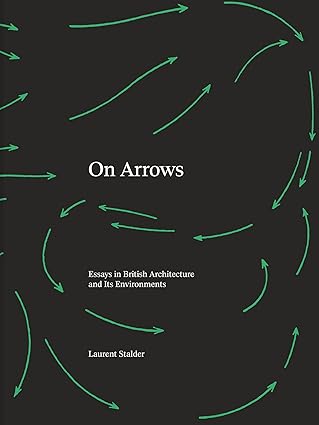A series of original essays on the history of British postwar architecture through the concept of performance—and the ubiquitous (but elusive) image of the arrow. In the 1950s, the figure of the arrow had a strange kind of ubiquity in architectural drawings, publications, and advertisements. Stalder uses the arrow to move through the different dimensions of performance, mapping out the changing set of constellations that made up postwar British architecture and its environments: the constructive aspects, structural properties, infrastructural innovations, spatial challenges as well as their aesthetic and practical consequences. It is the arrow, he writes, that brings together debates from within different disciplines—from building physics, to sociology, structural design, and historiography, inscribed as they are in the materials, spaces, and buildings that are all too often considered in isolation from one another
CURRICULAR EDUCATIONAL OFFER
OTHER EDUCATIONAL OPPORTUNITIES
Focus on
Polimi AI
50 years at the forefront of AI research
Magazine
Frontiere
Journey into the world of research
SERVICES FOR STUDY
LIVING THE CAMPUS
OPPORTUNITIES
Apply to Polimi as
Exchange student (incoming)
Visit
Magazine
Frontiere
Journey into the research world

